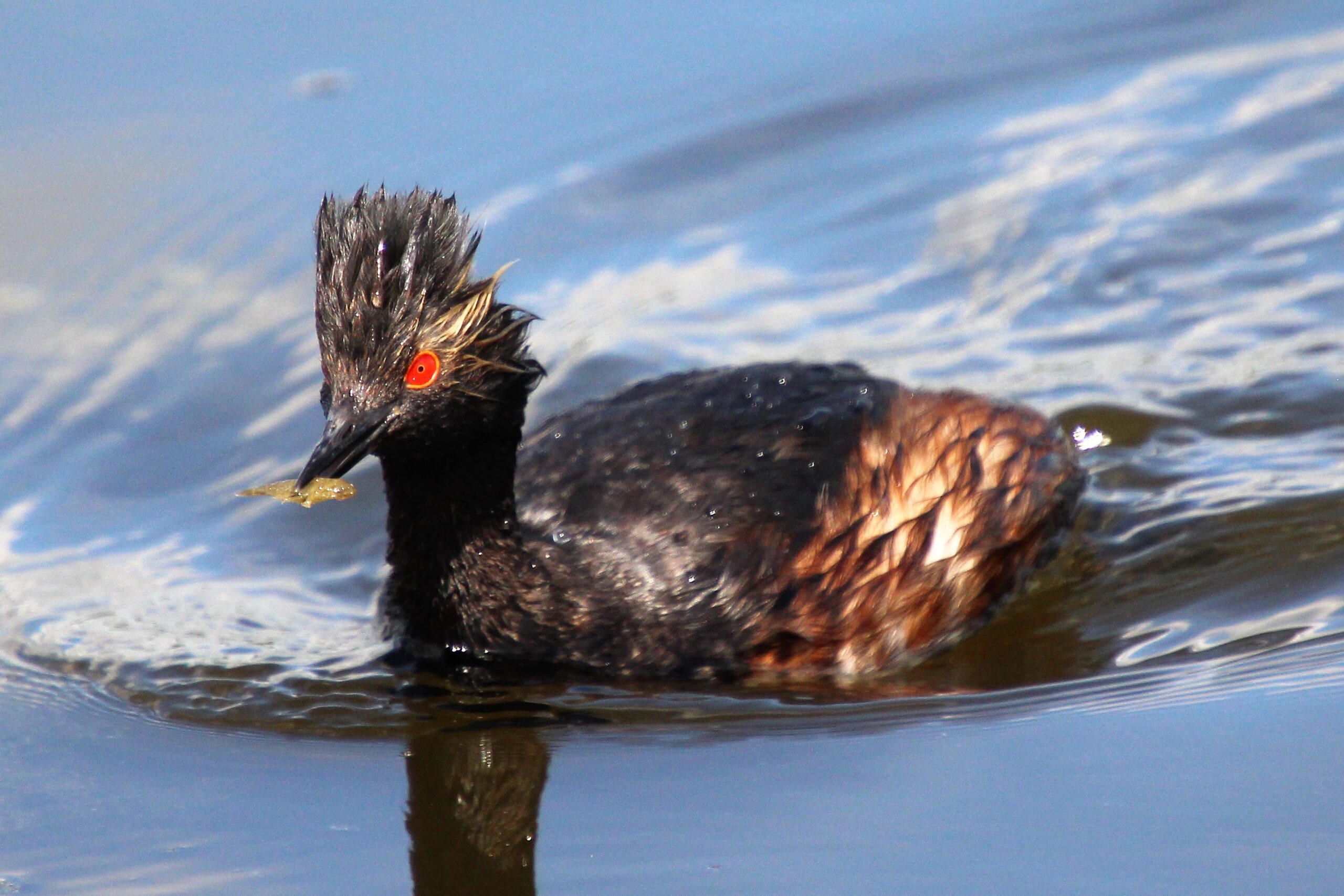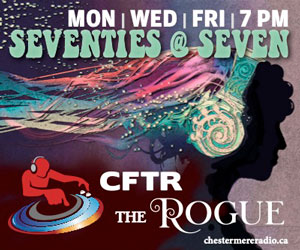After a sleepless night, a few too many “adult” beverages, or indulging in Cheech and Chong’s favorite organic “cigarettes”, its not unusual to feel out of sorts. A glance in a mirror may reveal the Los Angeles freeway system etched on ones eyeballs. Being fairly certain that ducks, herons and grebes, as well as a few songbirds don’t drink, smoke or experience sleepless nights, we wondered why certain species have striking red eyes.
Scientific curiosity would lead anyone to take a closer look at this interesting characteristic. Several factors can influence bird eye color. If a bird iris has no pigment in it, the red blood vessels will show through the eye. Eye pigments can also influence color including red, orange or yellow, depending on pigment concentration and how light hits the eye. Diet can also influence eye color. Genetics and evolutionary purpose are also factors considered in eye color studies. To complicate things, the reason for each species’ red eyes may be unique.
As to whether or not there is a purpose for red eyes, various ideas have indeed been advanced. Red eyes may be used in bird social interactions, mating displays, aid in camouflage or may simply not have any specific purpose. American Coots, endowed with black feathers, and a white bill, may “use” those red eyes to play a role in signaling territory boundaries and attracting a mate. Male Wood Ducks, already a painted knockout in nature, have red eyes, adding to their amazing plumage, while female Wood Ducks have brown eyes. Western, Horned and Eared Grebes may use their red eyes to enhance underwater vision in darker conditions as they forage for food. Cinnamon Teals, a most beautiful duck, has its red eyes likely to enhance its attractiveness and help distinguish it during the non-mating season from Blue-winged Teals.
Interestingly, eye colors in various bird species change as they mature. The Black-crowned Night Heron is a case in point. Young night herons have yellow eyes. As they become juveniles, the eye color changes to a red indicating that change in age.
As if red eyes weren’t interesting enough, the turquoise eyes of a cormorant are fetching. Young osprey start out life with orange eyes which turn yellow at maturity. Rock Pigeons fade from orange at the edge to yellow around the pupil. Cooper’s Hawks have three eye color changes beginning with yellow,, then orange and finally red when they are older.
Although scientists have studied the eye color of birds for one hundred years, clear-eyed answers await the curious bird watcher. I wonder if the actress Bette Davis, famous in the song “Bette Davis Eyes”, would share the same interest. I’d imagine she’d might say, “It’s all in the iris”.
It’s All in the Iris

In response to Canada's Online News Act and Meta (Facebook and Instagram) removing access to Canada's local news from their platforms, Anchor Media Inc encourages you to get your news directly from your trusted source by bookmarking this site and downloading the Rogue Radio App. Send your news tips, story ideas, pictures, and videos to info@anchormedia.ca.





